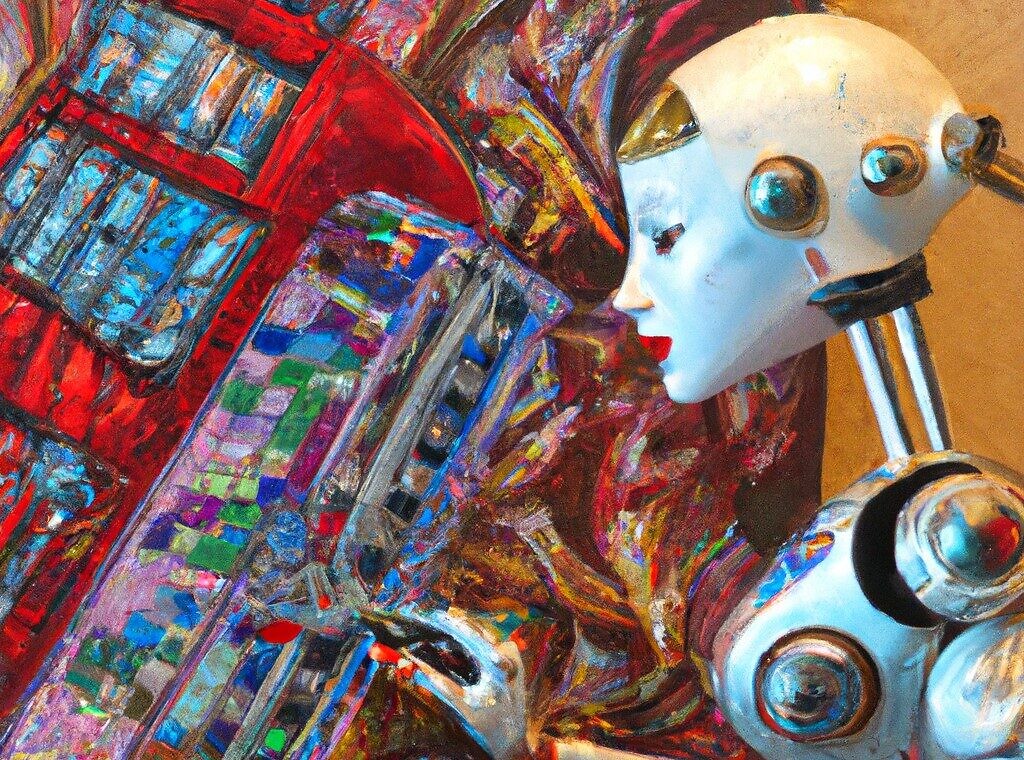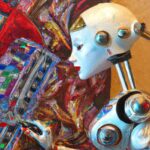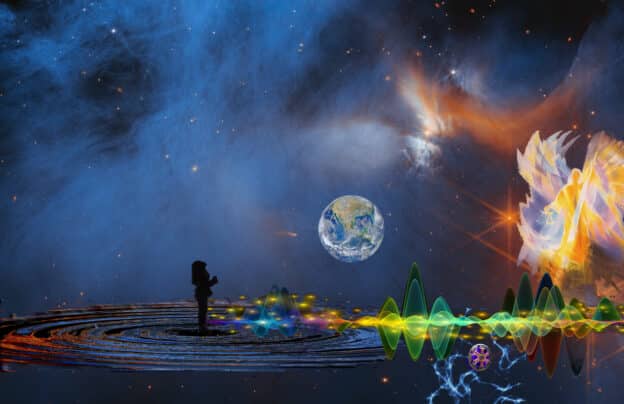The Robot Who Could Paint and other Modern Fairy Tales

The Robot Who Could Paint
and other Modern Fairy Tales

MysTech Conference 2022
The Robot Who Could Paint and other Modern Fairy Tales
/
About the Webinar
How can we assess artificial intelligence (aka applied statistics) and the externalization of thought? what is the Turing Test? who are the players — openAI, ray kurzweil, jaron lanier, and john searle’s chinese room. what is the difference between strong AI and weak AI? memory vs storage. what is difference between representation thought (Kantian critical idealism), and grasping a thought in the Goethean sense. the experience of observing your own thinking vs machine representation.
How does an artificial intelligence play chess? i) move generator, ii) static evaluation, iii) recursive search for high score to a given level of depth —> it plays this move.
How does chatGPT work? training on a large corpus of text (almost half the internet! project Gutenberg, Steiner elib, Wikipedia, Facebook posts, GitHub, twitter it all goes in — a Generative Pre-trained Transformer — it is a Statistical Mimic it breaks down these texts into smaller tokens which statistically complete any given pattern of previous tokens — giving the appearance of answers which are statistically similar to the answers provided by other humans in the corpus of human literature on which it has been trained.
How do robots create images? just like the rubber stamp tool in photoshop — mid-journey and other stable diffusion methods micro-sample an enormous library of human-labelled images, and then iteratively diffusely-dithers samples from multiple images requested by the user to create a believable synthesis of their request.
After deep blue beat Gary Kasparov in 1996 — it was like a human trying to outrun a lawnmower engine or use pencil and paper to out-compute a calculator — kasparov’s vision of the future was that a human with a computer could beat a computer alone. he saw that the game could continue to progress by leveraging the tools we have built ourselves. man is a clever animal — yet in so many ways we are just more busy beavers (using colloquialisms to bridge the techno and anthro worlds here, and the busy beavers to add some humor to the delivery.



Responses